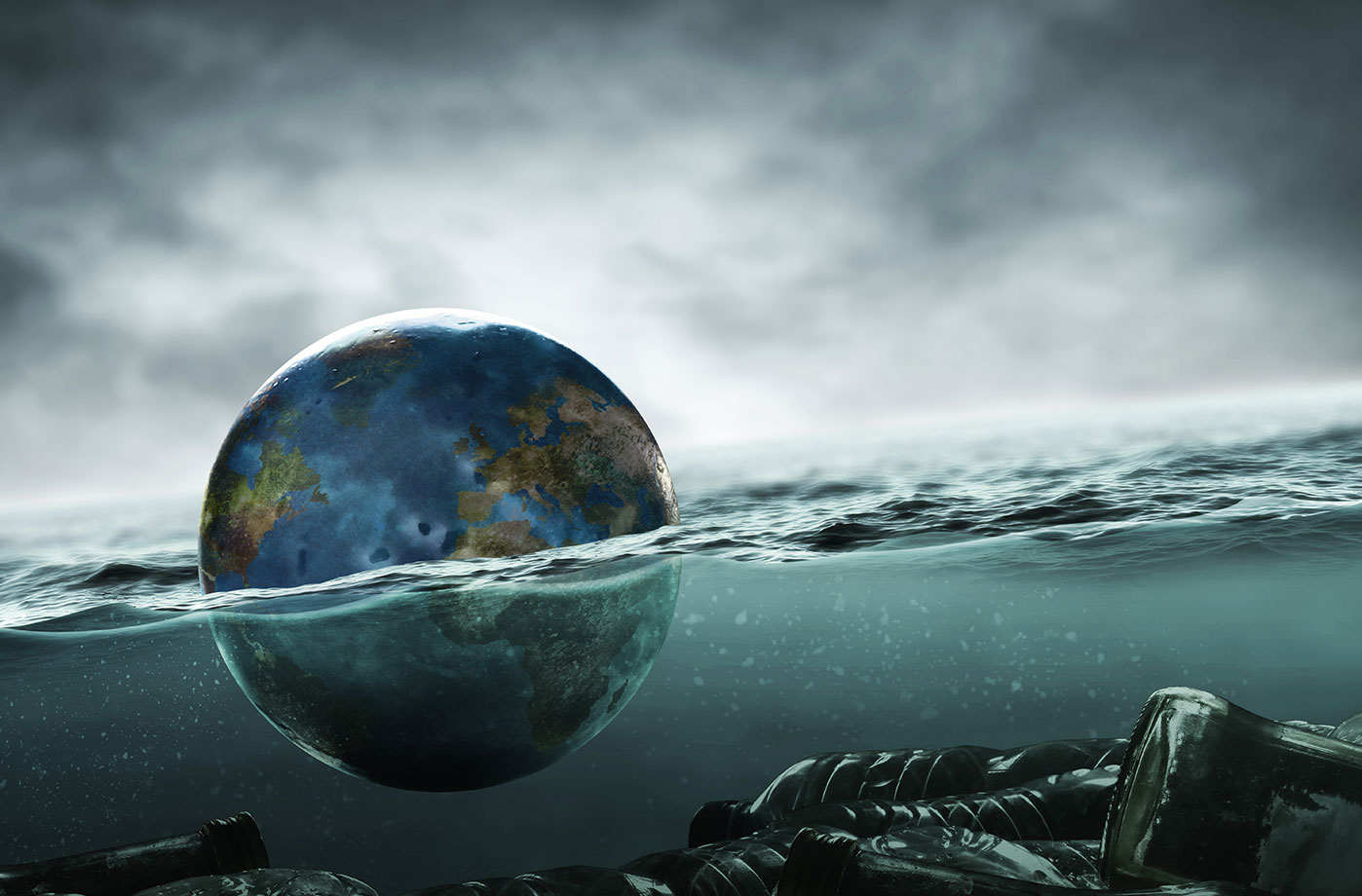Ivana Višnjić
Oceans, our vital ally in the battle against climate change, face threats from plastic pollution, overfishing, and the need for sustainable investments...


Ivana Višnjić
Junior partner
Not everyone lives by the sea and ocean; some of you may not even want to, while others dream about it. Oceans and seas cover over 70 percent of the Earth's surface. Oceans generate more than 50 percent of the oxygen we need and absorb over 25 percent of carbon dioxide emissions and 90 percent of the excess heat generated by these emissions. The ocean is not just the lungs of our planet but also our giant carbon sink, neutralizing the impacts of climate change. However, there are limits—coral reefs, mangrove forests, and critical marine ecosystems are dying due to ocean warming and increased acidity, destroying natural buffers against rising atmospheric carbon dioxide and sea levels.
Plastic waste and agricultural runoff turn seas and oceans into cesspools. It is estimated that up to 200 million tons of plastic waste currently exist in the oceans. Over 8 million tons of plastic enter the oceans each year—equivalent to the load of a garbage truck every minute. Microplastics ending up inside fish and other seafood threaten marine life and human health. About 90 percent of land-based waste entering the sea is brought in by the ten largest rivers on the planet.
Approximately 100,000 marine animals die annually due to entanglement in plastic waste. We have produced more plastic waste in the past ten years than in the previous century. The largest garbage site on the planet is the "Great Pacific Garbage Patch," exceeding marine life 6 to 1 in that region and being more significant than the combined area of France, Spain, Sweden, Germany, and Norway. It is estimated that 300 million tons of plastic are created annually, and 50 percent is for single-use purposes. Seventy percent of waste sinks into the ocean ecosystem, 15 percent floats, and 15 percent returns to our beaches. Around 500 marine locations have been identified as dead zones globally; currently, the United Kingdom is approximately 245,000 square kilometers.
Overfishing further devastates fish populations in the ocean and other marine animals that are collateral damage in this process, another factor destroying the aquatic ecosystem. It is estimated that up to 40 percent of global catches are illegal, unreported, or unregulated. This type of fishing depletes the oceans, devastates vulnerable species, and disrupts the entire food chain. Many species, such as bluefin tuna, are now facing extinction.
And where do we talk about the economy in all of this? It's simple. Pollution is expensive. Vast amounts of money are spent on combating climate change. According to the 2021 Climate Policy Initiative report, funding for climate initiatives reached $632 billion in 2020. The Ellen MacArthur Foundation estimates that over $1 trillion annually will be needed for changes and improvements in just five key material segments—cement, aluminum, steel, plastic, and food—to promote a circular economy of recycling, extending product lifespans, and reusing them, thereby reducing pollution in both land and oceans. The OECD estimates that the investment needed for sustainable infrastructure will be around $6.9 trillion from 2016 to 2030 to keep global warming below the 2°C threshold. United Nations environmental programs estimate that developing countries alone will spend between $140-300 billion annually by 2030 and between $280-500 billion annually by 2050 to support environmental initiatives and create climate-sustainable infrastructure. We can all surely be more efficient in this spending, and by stopping the negative trend, we can enable more effective management of these resources.
To address the increasingly critical situation on the planet, we must first deal with the significant factor in this equation—the ocean—and stop its further deterioration. We need to draw a line to give the sea a chance to recover and continue to be our most excellent protector against global warming. Above all, we must start with each of us individually; prevention is half the battle. This way, we might be able to spend part of these trillions of dollars on development and creation instead of solving problems.
We don't need the ocean; the ocean needs us.
